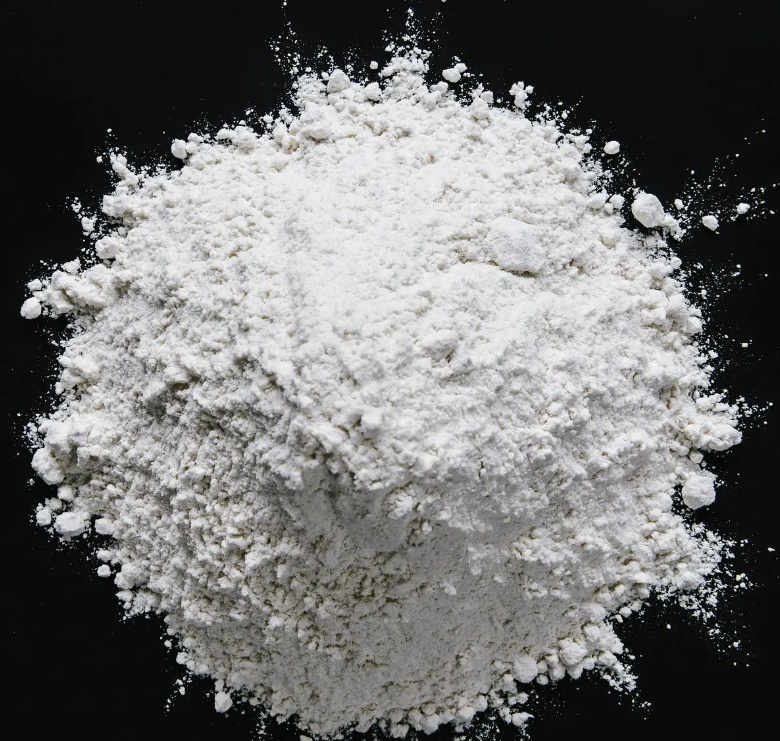What factors influence the rise and fall of alumina prices?

① Supply and demand relationship: It is the most fundamental factor affecting alumina prices. When alumina production exceeds consumption, it will exert pressure on price increases; conversely, it will support price declines.
② Macroeconomic situation: It is an important factor affecting the supply and demand relationship of the entire alumina industry. When the economy is in a prosperous state, it will lead to an increase in demand for alumina, thereby driving prices up; conversely, when demand decreases, prices will fall.
③ Cost: The production cost of alumina is mainly composed of ore cost, caustic soda cost, energy cost, and other costs. Among them, ore, caustic soda, and energy costs account for approximately 76% of the total cost, with bauxite cost being the most dominant. Changes in costs will directly affect alumina prices.
④ Price of electrolytic aluminum: Electrolytic aluminum is the most important demand side for alumina, and changes in the price of electrolytic aluminum will also affect alumina prices.
⑤ Inventory: Inventory is an indicator reflecting the supply and demand relationship. An increase in inventory usually indicates insufficient demand, leading to price declines; while a decrease in inventory indicates strong demand, causing prices to rise.
⑥ Import and export policies: Changes in relevant policies may affect the trade flow of alumina in China, thereby influencing its price.
⑦ Production technology and efficiency: Improvements in production technology and efficiency may reduce production costs, thereby affecting the price of alumina.
⑧ Natural factors: Factors such as weather and natural disasters may also impact the production and transportation of alumina, thereby affecting its price.
Suggested Response Strategies
Supply Chain Management: Sign long-term procurement agreements and diversify raw material sources.
Technical Reserve: Develop low-alumina formulations or high-performance alternative materials.
Market Positioning Adjustment: Focus on high-value-added sectors (e.g., precision ceramics) to reduce price competition.
Hedging with Financial Instruments: Lock in alumina procurement costs through futures and options.
Fluctuations in alumina prices have a systematic and multi-layered impact on the alumina ceramics industry. Enterprises need to flexibly respond by integrating their technical capabilities, supply chain resilience, and market positioning. Against the backdrop of carbon neutrality, energy consumption in alumina production (related to the electrolytic aluminum industry) and environmental policies may also indirectly affect price trends, which should be incorporated into long-term strategic considerations.

